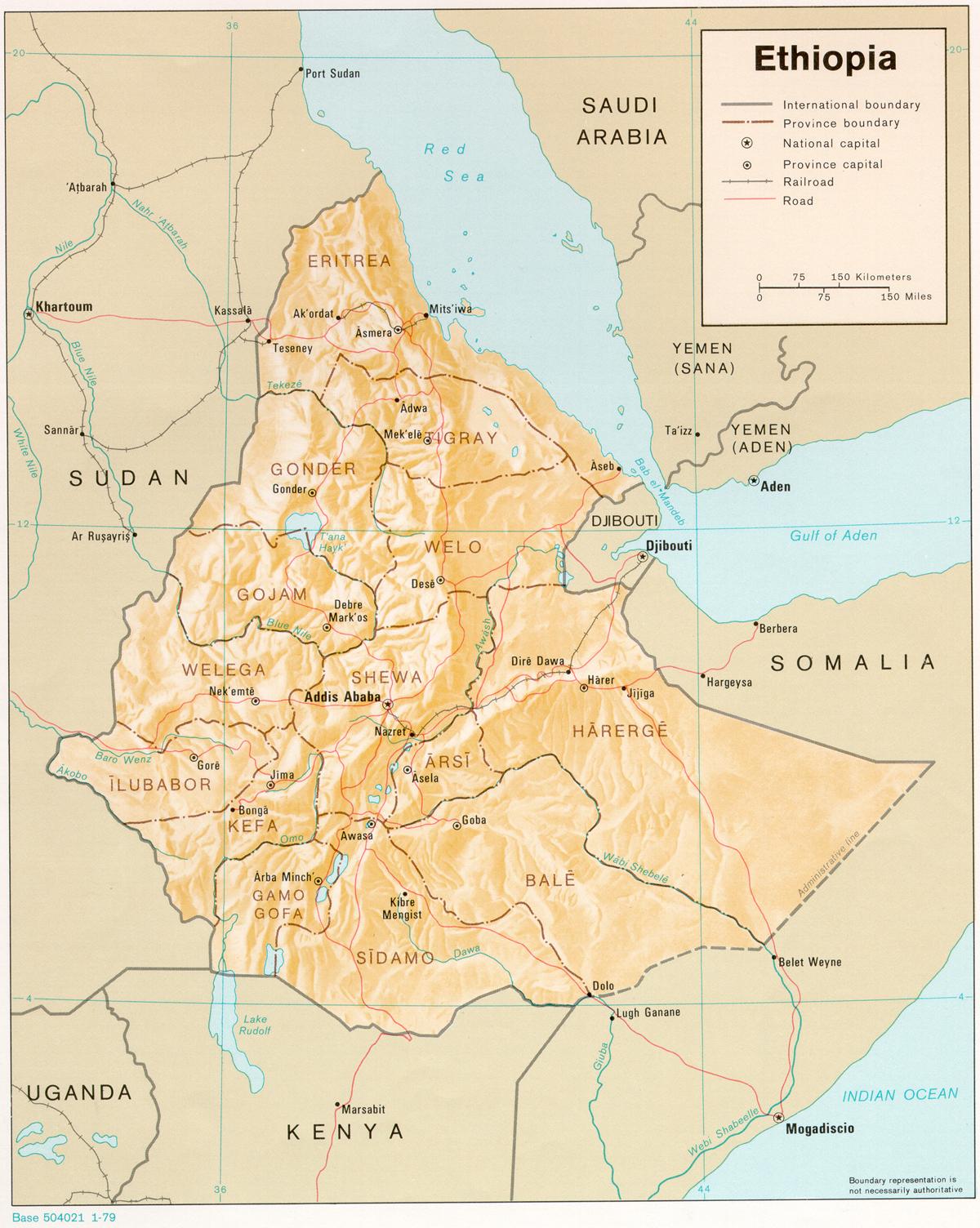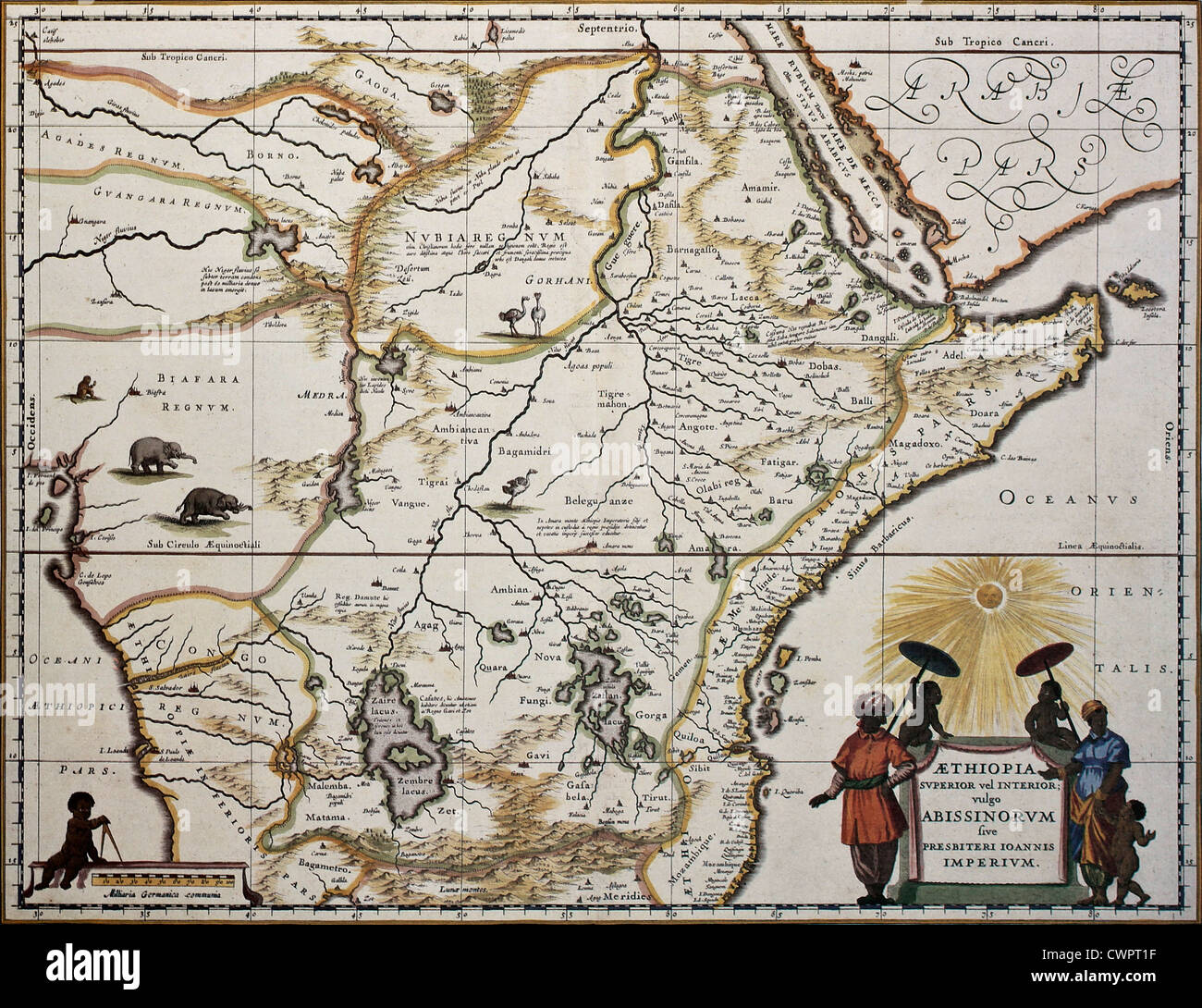Old Ethiopian mails hold a unique and fascinating position in the tapestry of global postal history. These relics of communication are more than just letters or postage stamps; they are tangible artifacts that represent Ethiopia's cultural, political, and economic evolution over centuries. From the imperial reign of Emperor Menelik II to the modern postal systems, these old Ethiopian mails have connected people, facilitated trade, and documented history in ways that remain invaluable to scholars, philatelists, and enthusiasts alike.
As one of Africa's oldest nations with a rich and unbroken history, Ethiopia's postal system reflects the nation's journey through time. The emergence of old Ethiopian mails dates back to the 19th century when the need for organized communication arose during Ethiopia's efforts to modernize and establish itself as a sovereign state amidst colonial pressures. These mails were not just about delivering letters; they were a testament to Ethiopia's resilience, innovation, and cultural identity. Each envelope or stamp tells a story of an era, a ruler, or a moment in Ethiopian history.
Today, the study of old Ethiopian mails offers a window into the past, shedding light on how Ethiopians communicated across vast and often challenging terrains. They also provide insight into the country's interactions with the rest of the world, including its diplomatic efforts and trade relations. This article delves deep into the historical significance, unique features, and enduring legacy of old Ethiopian mails, providing a comprehensive overview of their role in Ethiopia's development and their value as historical artifacts.
Read also:Mkvin
Table of Contents
- Biography of the Ethiopian Postal System
- How Did Old Ethiopian Mails Originate?
- What Makes Old Ethiopian Mails Unique?
- The Role of Emperor Menelik II
- Early Postal Stations and Routes
- Significance of Handwritten Letters
- The Introduction of Postage Stamps
- How Did Old Ethiopian Mails Impact Diplomacy?
- Trade and Commerce Through Old Mails
- The Art of Ethiopian Postage Stamps
- How to Preserve Old Ethiopian Mails?
- Philately and Collectors' Interest
- Modern Interpretations of Old Ethiopian Mails
- Frequently Asked Questions
- Conclusion
Biography of the Ethiopian Postal System
The Ethiopian postal system has a long and storied history that dates back to the late 19th century. Spearheaded by Emperor Menelik II, the system was developed as a response to Ethiopia's growing need for formal communication channels both domestically and internationally. Before this system, communication relied on oral messengers and handwritten letters carried by individuals, often taking weeks to reach their destinations.
| Key Milestones | Details |
|---|---|
| Year of Establishment | 1894 |
| Founder | Emperor Menelik II |
| First Postage Stamp | 1895 |
| Primary Purpose | Facilitate communication and trade |
Over the years, the Ethiopian postal system has evolved, adapting to modern technologies while preserving its historical essence. It stands today as one of the oldest postal systems in Africa, offering valuable insights into the country's cultural and historical journey.
How Did Old Ethiopian Mails Originate?
The origins of old Ethiopian mails can be traced back to Emperor Menelik II's vision of modernization. Recognizing the importance of effective communication, he established Ethiopia's first formal postal system in 1894. This system aimed to connect Ethiopia's major cities and regions, facilitating the exchange of information and goods. The foundation of this system was laid with the establishment of postal stations in key locations, including Addis Ababa, Harar, and Gondar.
Initially, the system relied on couriers who traveled on foot or horseback, covering vast distances across Ethiopia's rugged terrain. These couriers carried handwritten letters and official documents, often risking their lives to ensure safe delivery. The introduction of postage stamps in 1895 marked a significant milestone, formalizing the postal system and aligning it with global standards.
What Challenges Did the Early Ethiopian Postal System Face?
While the establishment of the postal system was a significant achievement, it was not without challenges:
- Geographical Barriers: Ethiopia's diverse and rugged terrain made it difficult to establish and maintain postal routes.
- Lack of Infrastructure: The absence of roads and transportation networks hindered the efficient functioning of the postal system.
- Security Concerns: Couriers often faced threats from bandits and natural hazards during their journeys.
Despite these challenges, the Ethiopian postal system persevered, evolving into a robust network that played a crucial role in the country's development.
Read also:5 Movierulz In Kannada 2023
What Makes Old Ethiopian Mails Unique?
Old Ethiopian mails stand out for their historical, cultural, and artistic significance. Unlike modern postal systems, which rely heavily on technology, these mails were deeply rooted in Ethiopia's traditions and way of life. Several factors contribute to their uniqueness:
1. Distinctive Postage Stamps
The postage stamps used in old Ethiopian mails are renowned for their intricate designs and vibrant colors. These stamps often featured images of Ethiopian rulers, landmarks, and cultural symbols, serving as a reflection of the nation's identity.
2. Handwritten Letters
Handwritten letters were a hallmark of old Ethiopian mails. These letters, often written in Amharic or Ge'ez, offer valuable insights into the language, script, and communication styles of the time.
3. Cultural Significance
Old Ethiopian mails were more than just a means of communication; they were a medium for preserving and sharing Ethiopian culture. From the choice of paper to the style of writing, every aspect of these mails was infused with Ethiopian traditions.
The Role of Emperor Menelik II
Emperor Menelik II played a pivotal role in the establishment and development of Ethiopia's postal system. His efforts to modernize Ethiopia included the creation of a formal communication network, which laid the foundation for the postal system we know today. Menelik's vision was not limited to domestic communication; he also sought to establish Ethiopia as a sovereign state with strong international ties.
Under his leadership, Ethiopia issued its first postage stamps in 1895, featuring images of the emperor and other national symbols. These stamps not only facilitated communication but also served as a declaration of Ethiopia's sovereignty and cultural pride.
Early Postal Stations and Routes
The establishment of postal stations and routes was a critical step in the development of Ethiopia's postal system. These stations served as hubs for the collection and distribution of mails, connecting Ethiopia's major cities and regions. Some of the earliest postal stations included Addis Ababa, Harar, and Gondar, which were strategically located to facilitate trade and communication.
Postal routes were designed to cover Ethiopia's vast and diverse terrain, from the highlands to the lowlands. Couriers traveled on foot or horseback, often facing challenging weather conditions and geographical barriers. Despite these challenges, the postal system proved to be a lifeline for Ethiopia, fostering connectivity and unity.
Significance of Handwritten Letters
Handwritten letters were a cornerstone of old Ethiopian mails, serving as a primary means of communication in a time when technology was limited. These letters were often written on handmade paper, using traditional inks and scripts. They provide a fascinating glimpse into the lives, thoughts, and emotions of Ethiopians during that era.
Today, these letters are considered valuable historical artifacts, offering insights into Ethiopia's social, cultural, and political landscape. They are preserved in museums, archives, and private collections, serving as a testament to Ethiopia's rich heritage.
Frequently Asked Questions
1. What is the historical significance of old Ethiopian mails?
Old Ethiopian mails are significant for their role in documenting Ethiopia's history, culture, and communication systems. They provide valuable insights into Ethiopia's past, including its interactions with the rest of the world.
2. Who introduced the Ethiopian postal system?
The Ethiopian postal system was introduced by Emperor Menelik II in 1894 as part of his efforts to modernize the country.
3. What makes Ethiopian postage stamps unique?
Ethiopian postage stamps are unique for their intricate designs, vibrant colors, and cultural significance. They often feature images of Ethiopian rulers, landmarks, and symbols.
4. How can old Ethiopian mails be preserved?
Old Ethiopian mails can be preserved by storing them in climate-controlled environments, using archival-quality materials, and avoiding exposure to direct sunlight and humidity.
5. Are old Ethiopian mails valuable to collectors?
Yes, old Ethiopian mails are highly valuable to collectors, particularly philatelists, due to their historical and artistic significance.
6. Where can I view old Ethiopian mails?
Old Ethiopian mails can be viewed in museums, archives, and private collections. Some examples are also available online through auction sites and philatelic organizations.
Conclusion
Old Ethiopian mails are more than just historical artifacts; they are a testament to Ethiopia's resilience, innovation, and cultural identity. From their origins under Emperor Menelik II to their enduring legacy in modern times, these mails have played a vital role in shaping Ethiopia's history and connecting its people. They continue to inspire scholars, collectors, and enthusiasts, serving as a bridge between Ethiopia's past and present.

